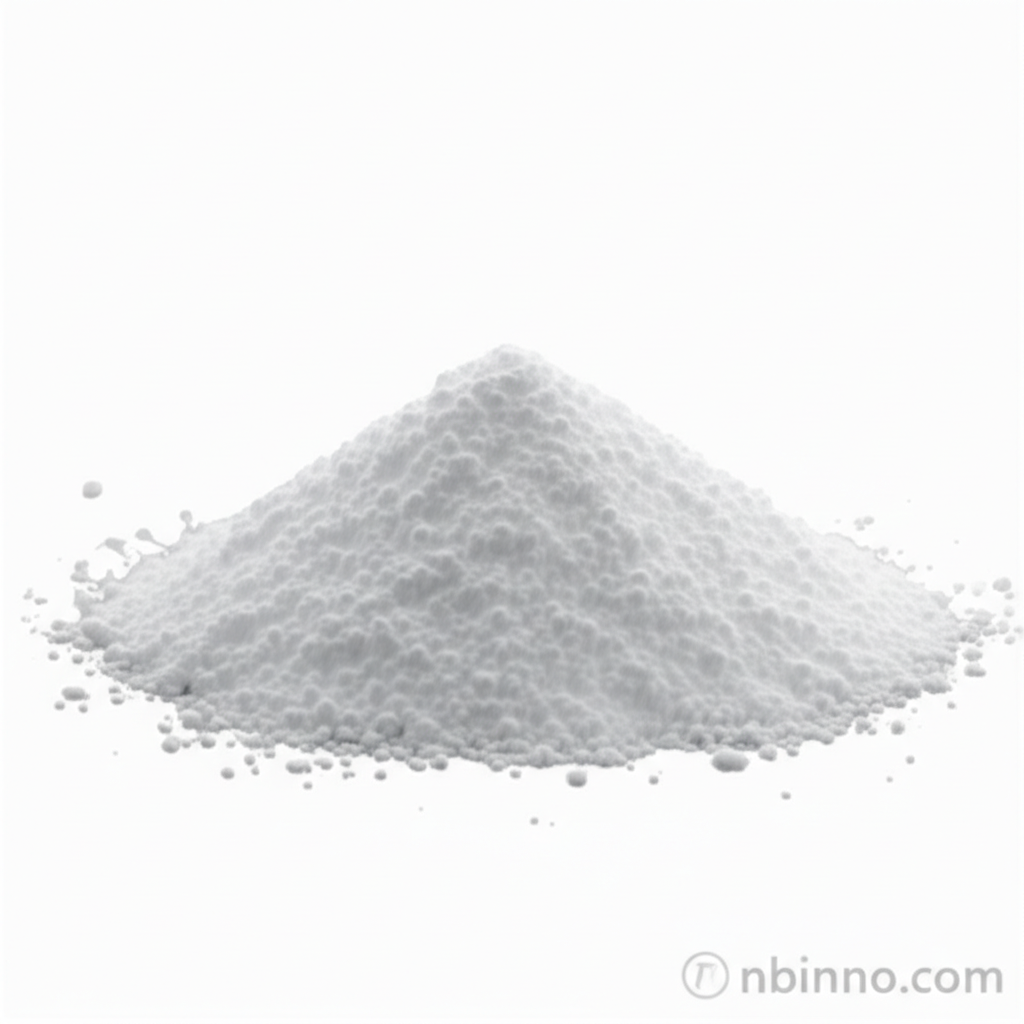Dipicolinic Acid (CAS 499-83-2): A Key Intermediate
Discover the synthesis, properties, and diverse applications of dipicolinic acid, a vital compound in chemical innovation.
Get a Quote & SampleProduct Core Value

Pyridine-2,6-dicarboxylic acid
Pyridine-2,6-dicarboxylic acid, commonly known as dipicolinic acid (DPA), is an indispensable organic compound playing a pivotal role across multiple scientific and industrial sectors. Its unique chemical structure and properties make it a sought-after intermediate, particularly in the pharmaceutical and material science fields. This compound's significance is amplified by its presence in bacterial endospores, contributing to their remarkable heat resistance.
- Explore the various dipicolinic acid synthesis pathways to understand its production.
- Learn about the critical dipicolinic acid applications in pharmaceutical synthesis, enabling the creation of complex drug molecules.
- Discover dipicolinic acid's role in material science, contributing to the development of new polymers and advanced materials.
- Understand how dipicolinic acid functions as an enzyme inhibitor, offering insights into biological processes and therapeutic targets.
Key Advantages Offered
Versatile Chemical Intermediate
Leverage pyridine-2,6-dicarboxylic acid as a versatile building block for synthesizing a wide range of complex organic molecules, essential for various industries.
Enhances Endospore Stability
Understand the critical role of dipicolinic acid in bacterial endospores, providing exceptional heat resistance and contributing to survival in harsh environments.
Facilitates Advanced Material Development
Utilize DPA's unique properties for creating novel coordination polymers and materials with enhanced thermal and mechanical characteristics.
Key Applications
Pharmaceutical Synthesis
As a pyridine-2,6-dicarboxylic acid intermediate, it is vital for synthesizing complex active pharmaceutical ingredients (APIs), driving innovation in drug discovery.
Material Science
Dipicolinic acid finds application in creating advanced materials, including coordination polymers with unique properties for catalysis and gas storage.
Coordination Chemistry
Its ability to form stable complexes with metal ions makes it invaluable for catalysis, metal recovery, and analytical applications in coordination chemistry.
Biochemical Research
DPA serves as a competitive inhibitor of certain enzymes, aiding in biochemical research, particularly in understanding metabolic pathways and diabetes.
